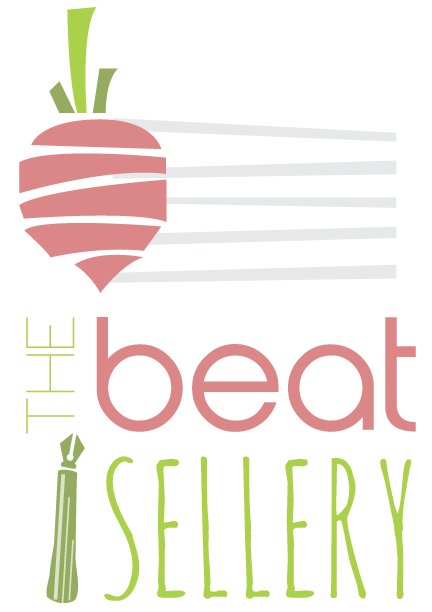eckroth total band director workshop
/The man that hath no music in himself,
Nor is not moved with concord of sweet sounds,
Is fit for treasons, stratagems and spoils;
The motions of his spirit are dull as night
And his affections dark as Erebus:
Let no such man be trusted. Mark the music.
Shakespeare — The Merchant of Venice, Act V, Scene 1
I attended the Eckroth Music Total Band Director Workshop last week and was privileged to hear from the likes of Col. Lowell E. Graham, Samuel Hazo, Michael Mossman, and more. Hazo quoted the portion of Shakespeare above to emphasize the importance of music to us as human beings, and he and others gave me a number of things to think about.
1. Pyramid of sound (Graham) — I'm still sorting through my thoughts on this topic. Col. Graham called it "American folk pedagogy," and said that people don't grasp what Francis McBeth was trying to get across in the pyramid concept. I'm planning on doing some more reading on McBeth and then writing a full post later with my thoughts on band sound.
2. New Music Reading Sessions — It's usually pretty fun to play in a band director band, and it is nearly always valuable to spend some time on the other side of the baton. One of the highlights of the sessions was reading Due North (Michael Sweeney), which was commissioned by a consortium of schools including SCPA. I think the piece turned out very well, and it was a simple and easy project to take part in.
3. "Every emotion but joy is dissonant" — Sam Hazo pointed this out when talking about the need for musicians (especially young ones) to emphasize dissonances so that they sound right. Perhaps it is a bit of a stretch, but I don't think it is much of an exaggeration. He used the piano to demonstrate how he would make a single interval sound with a variety of emotions. Try it yourself for an interesting exercise.
4. Equipment is Important (Nick Petrella, Shelly Jagow) — I learned some things about percussion (check out the difference in sustain on the vibes with the paddles open and closed all the way--you might be as surprised as I was) and about woodwind sound. Most eye-opening was a video of a college-level clarinet section playing some Persichetti on their normal equipment and then switching out only the mouthpiece for their original student piece. What did they sound like? My clarinet sections. The tone and pitch got worse, the articulation got worse...everything sounded worse on the student mouthpieces. Resolution: get students to play on equipment that helps them sound their best.

